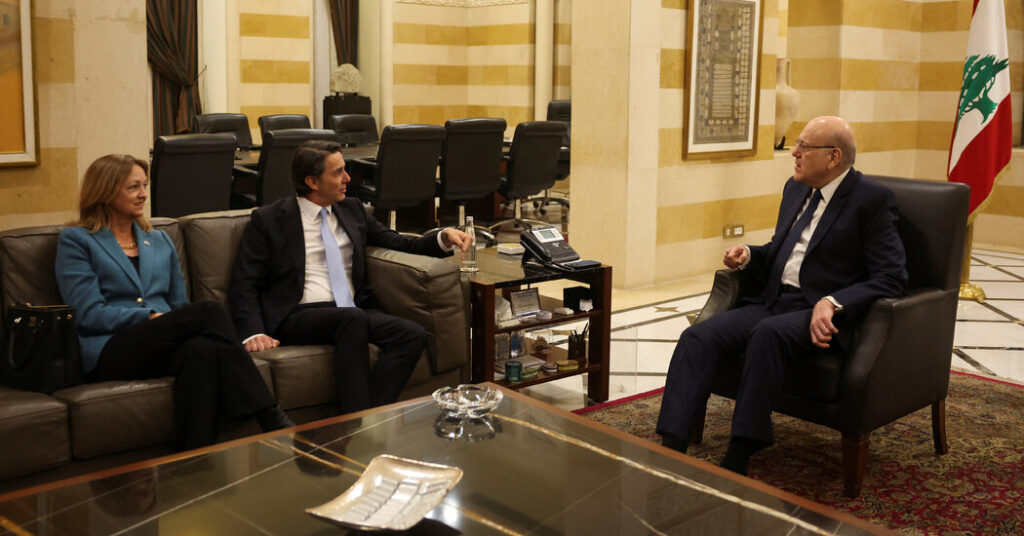A senior U.S. envoy who helped broker a ceasefire between Israel and Hezbollah said on Monday that Israel would remain in southern Lebanon as called for in a fragile 60-day ceasefire agreement that suspended the bloodiest war in decades. It gave a sense of security that it would be completely withdrawn. .
Speaking to reporters in the Lebanese capital Beirut, Special Envoy Amos Hochstein said Israeli forces withdrew from the southern town of Nakoura on Monday. The Lebanese Army said in a statement that it had redeployed to the town after Israeli forces withdrew.
“These withdrawals will continue until Israeli forces are completely withdrawn from Lebanon,” Hochstein said after speaking with Lebanese officials. “We have made a lot of progress in the last few days and we expect to see further progress in the coming days.”
The ceasefire agreed in late November remains in place, but the deadline for implementing its terms is rapidly approaching, and there is growing frustration among Lebanese and Israeli officials about the pace of implementation of the ceasefire agreement.
Hochstein did not say when Israeli forces would fully withdraw from Lebanon, and it remains unclear whether the ceasefire agreement will be fully in force by the end of the 60-day period.
The agreement ends a 14-month conflict between Israel and the powerful Lebanese militant group Hezbollah, which began firing rockets at Israel in support of Hamas-led attacks on Israel on October 7, 2023. It ended. Hezbollah and Hamas are backed by Iran and are part of a network of regional proxies.
After Israel launched an offensive against Hezbollah last September, the violence has left nearly 4,000 people dead and more than a million others displaced in Lebanon. The fighting left Hezbollah significantly weakened and much of its leadership destroyed.
Under the terms of the ceasefire, Israeli forces must withdraw from Lebanon by January 26. Hezbollah militants are being asked to withdraw en masse north of the Litani River in southern Lebanon, and the Lebanese army is expected to deploy along the border.
But so far, Israeli forces have withdrawn from just three of the dozens of areas in southern Lebanon where they maintain garrisons, a figure that includes many areas where UN peacekeeping operations are based. That included Monday’s withdrawal from one Nakoula.
Amid accusations of ceasefire violations by both sides, Lebanon also reported to the UN Security Council that Israel had launched more than 800 “ground and air strikes” since the ceasefire took effect.
Meanwhile, Israeli Defense Minister Yisrael Katz on Sunday accused Hezbollah and the Lebanese state of failing to abide by the terms of the ceasefire agreement, warning that Israel could be “forced to act” if no progress is made.
“This is not an easy process to do. It’s a difficult process,” Hochstein acknowledged at a press conference on Monday.
Hezbollah’s new leader Naim Qassem said in a speech on Saturday that his group would launch attacks on Israel again if his country’s troops did not completely withdraw from southern Lebanon before the end of a 60-day period. threatened that it was possible.
“When we decide to do something, you’ll see it firsthand,” he said.
